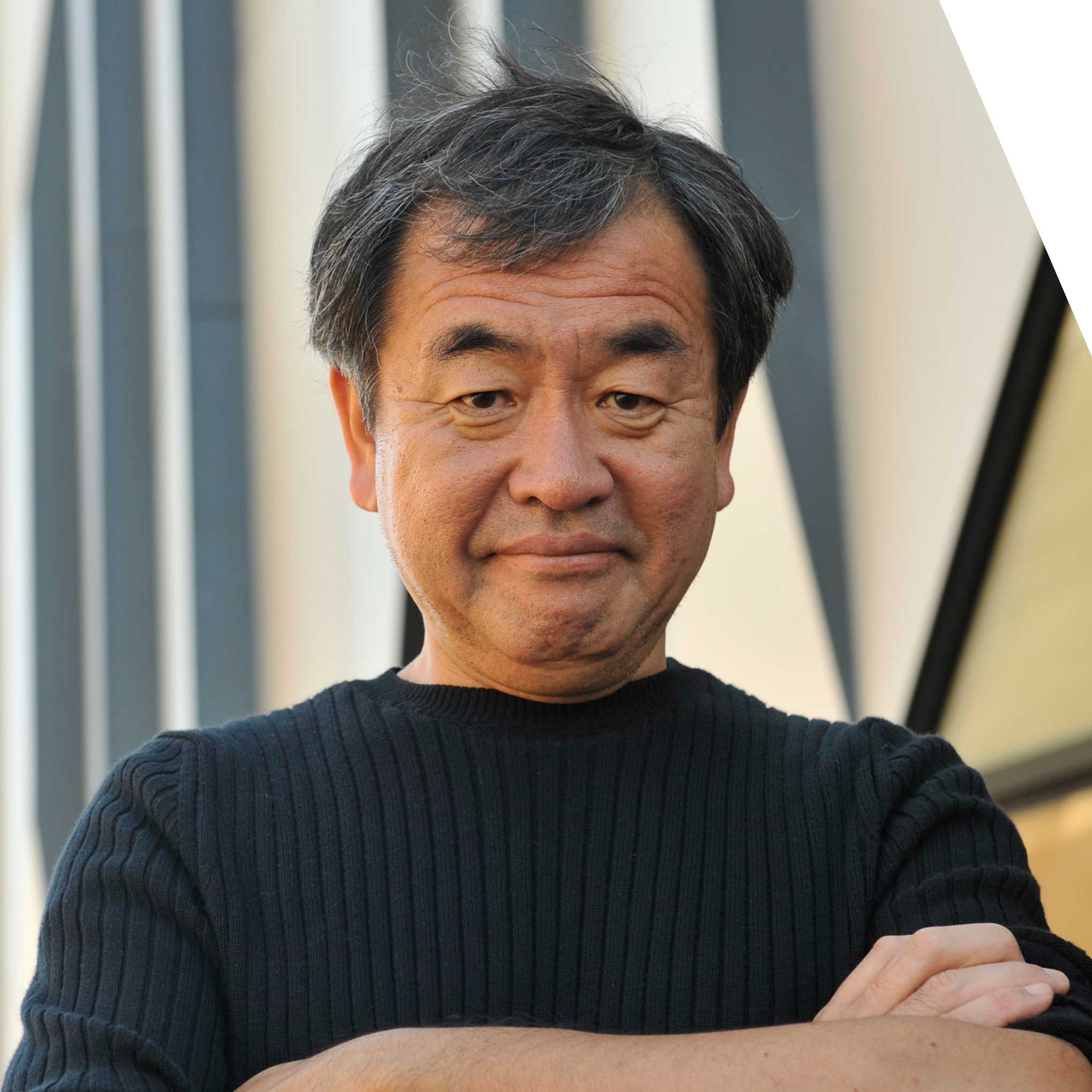
The Age of Forests
Architect Kengo Kuma
Until present days, it was considered functional to confine people and things to large offices and factories, and accordingly the society was inclined toward massiveness and totalitarianism. However, with the recent COVID-19 pandemic, we have reached a turning point from “collective life” to “individual life,” and we would like to find out what Kengo Kuma, an internationally recognized architect who skillfully handles light, thinks about light in architecture. Kuma talked about his thoughts, drawing from his own works.
He first became really interested in architectural lighting during his stay in New York City as a visiting scholar at Columbia University from 1985 to 1986, and one of his most interesting experiences there was becoming close with lighting designer Edison Price . Edison Price was a pioneer who created the basis for modern lighting design. Price was involved in the lighting design of famous buildings, and his relationships and work with architects such as Louis I. Kahn and Philip Johnson taught Kuma the importance of light and how much light could have a great impact on architecture. This experience made lighting a major theme for Kuma’s own architecture, and he says that after he returned to Japan and started his own practice, he constantly thought about what the “Japanese” lighting would be.
Drawing examples from Hiroshige Museum of Art and the Great (Bamboo) Wall, Kuma explained that “artificial light and natural light should not be considered separately, but simultaneously,” referring to his interest in the louver-like particles and the particle light leaking from the gaps between them. He also used the space with particle-like components at the GC Prostho Museum Research Center as an example, saying, “When I pursued small “Japanese” particle light, I realized that it was a natural phenomenon of sunlight pouring through the trees,” and that this lighting phenomenon became his design basis. It can be seen in many of Kuma’s architectural works, from museums, public facilities, to hotels in Japan and around the world.

Regarding the Japan National Stadium, which was presented in the last slide, Kuma stated, “We placed great importance on how to bring soft light into the sports facility with a soft texture of wood, which is different from anything we have seen before. The kind of light we are aiming for is soft, and it would be great if we could create something that constantly shimmers and changes according to changes in time and wind flow.” Kuma concluded his lecture by saying, “Although a building is a fixed structure, the light can give the impression that the building itself is flowing, moving, or shaking, and the light of the National Stadium was designed with all that in mind.

Profile

Kengo Kuma
Architect
Kengo Kuma & Associates
